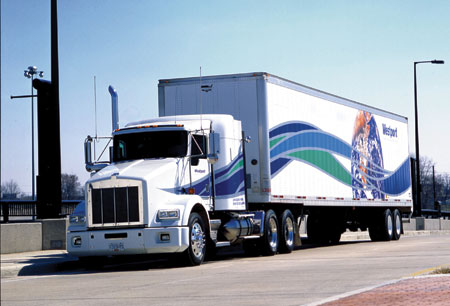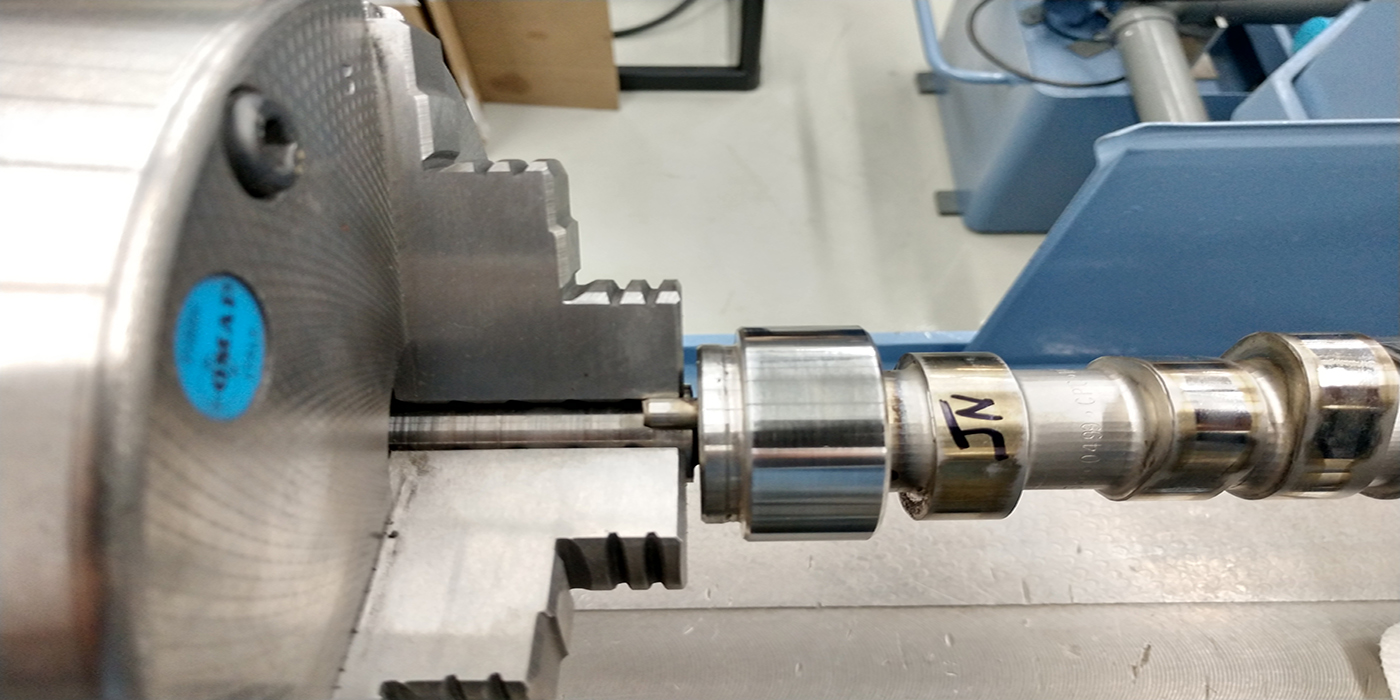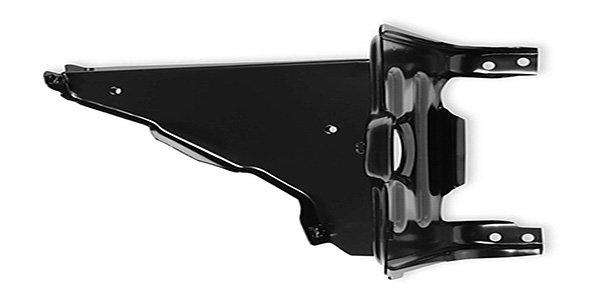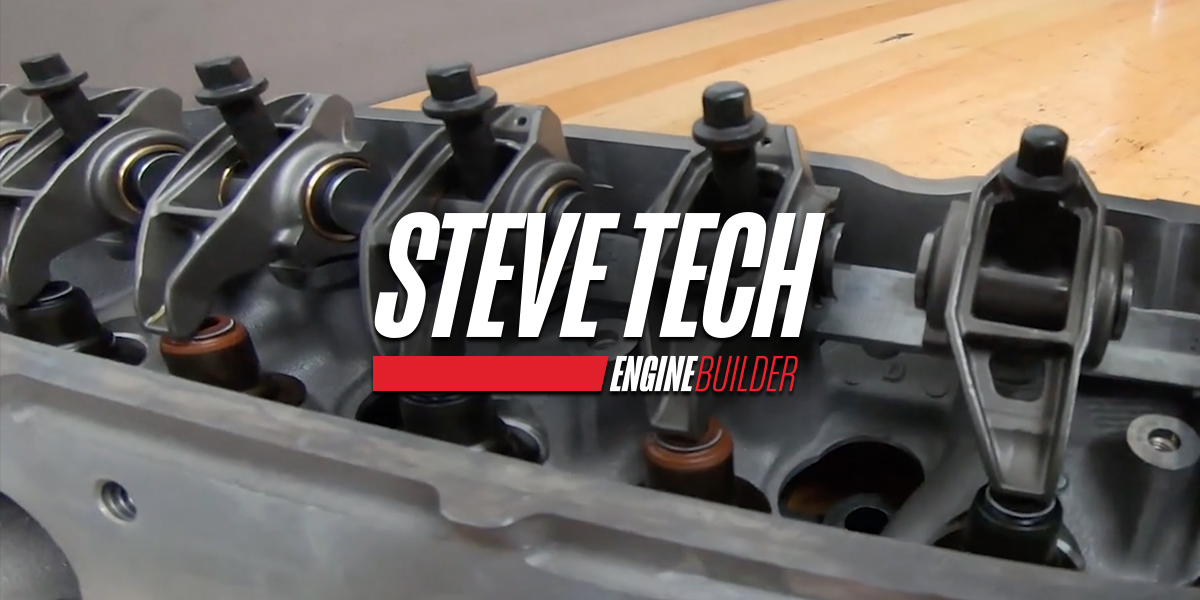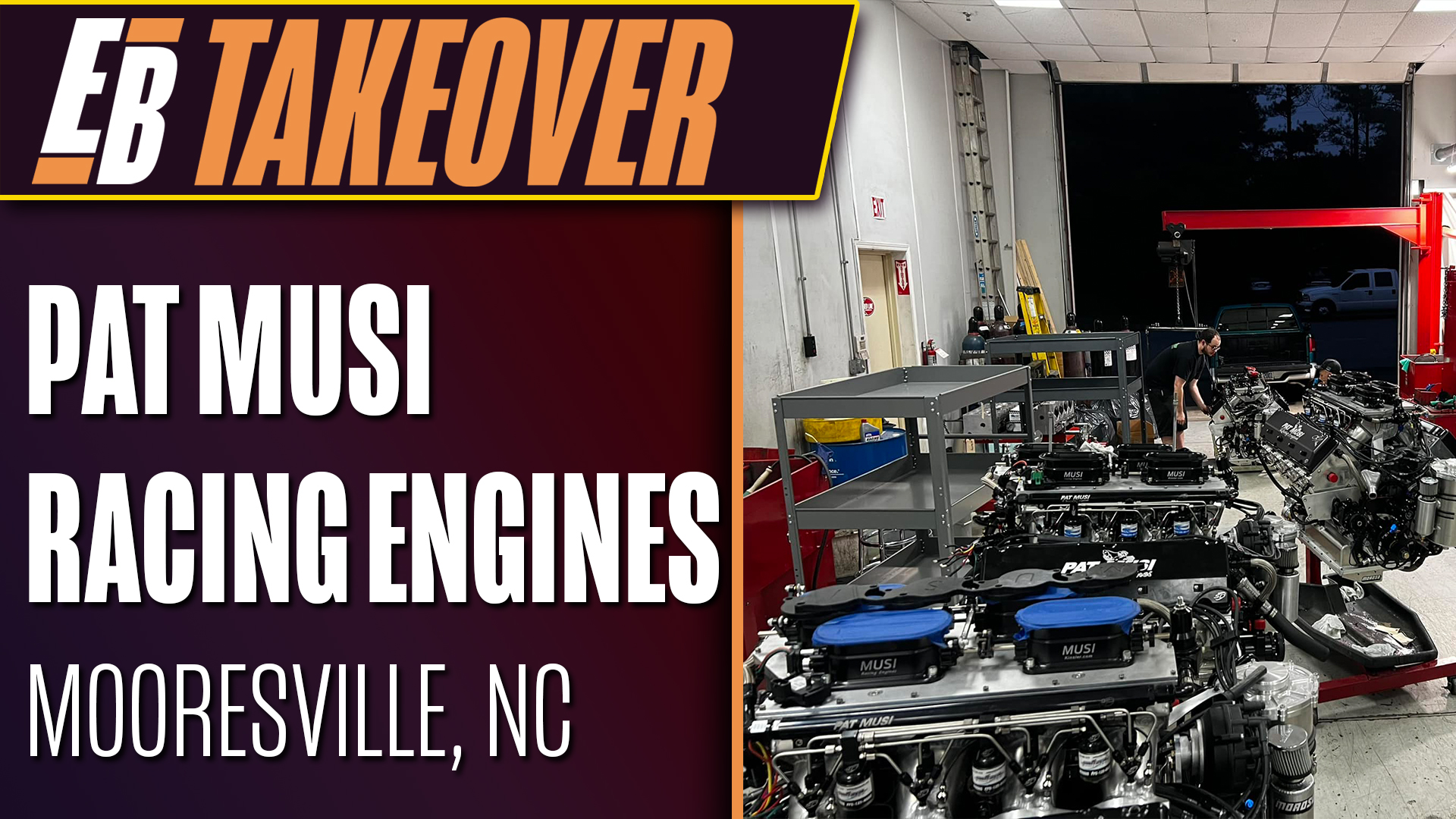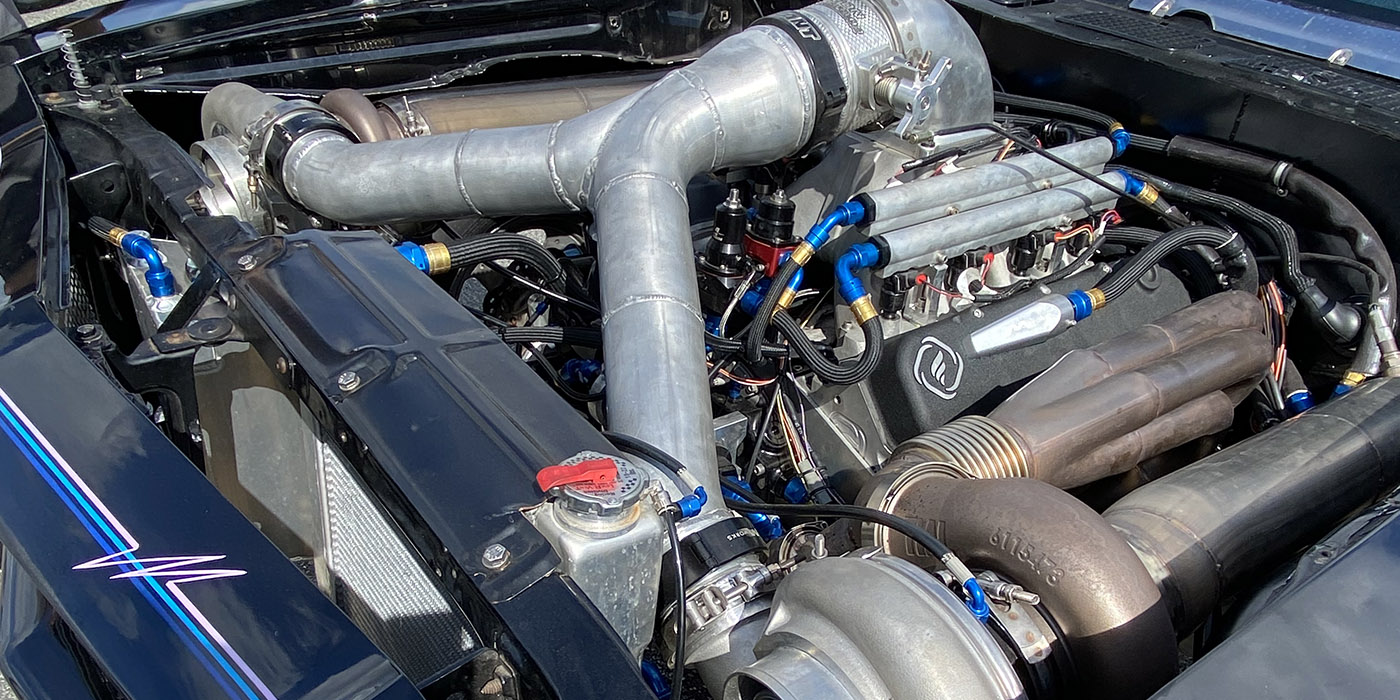Using traditional engineering methods, sizing and synchronizing this complex system for different engine models was a time-consuming task. Engineers had to balance many different injector aspects including flows of natural gas and diesel through the piping and jets as well as the solenoid actuation and dual-needle lift.
One of the most critical engineering tasks is determining the natural gas volume to be sprayed in the cylinder. This volume must be enough to provide sufficient power without flooding and stalling the engine. Fuel flow must be precisely adjusted every millisecond in a natural gas engine, not only to account for different load demands, but also for changes in gas density and energy capacity that – because of the gas compressibility – vary widely with environment al temperature and pressure.
Data Milling
Until recently, Westport engineers relied on an in-house Fortran program written in the early 1990s to develop designs satisfying all these requirements. With this solution, making even the simplest design change took several days of programming and adding a new component required several weeks more work.
Gas properties were determined using look-up tables in a cumbersome process too time-consuming to evaluate alternative design options for the injection system. Moreover, validating a model based on test fixtures required a prohibitive amount of coding to replicate the test fixture geometry.
Computer Simulation
To gear up for the market’s growing demand for natural gas engines, Westport needed a more efficient process for developing optimal injector designs much faster. With this goal in mind, they integrated the LMS Imagine.Lab AMESim 1D simulation platform to predict complex multi-domain system performance.
LMS Imagine.Lab Fluids Systems’ unique ability to accurately represent natural gas flow under a wide range of environmental temperature and pressure variations was particularly useful. By taking these variations into account along with load demand requirements and other specifications, a Real Gas Model feature in LMS Imagine.Lab provided engineers with an extremely accurate representation of gas fuel flow.
“LMS Imagine.Lab’s Real Gas Model was absolutely critical to our work today. It accurately represents natural gas fuel flow under a widely varying range of environmental conditions,” said Peter Kostka, Systems Development Engineer at Westport.
“The model is much more accurate than the standard approximation in engineering handbooks, which can deviate as much as 25% from real-world behavior. Also, the model is more readily modified than our previous table look-up method, enabling us to evaluate
design options, quickly validate these designs on test fixtures and have greater confidence in the final product.”
Using this solution, Westport engineers initially size the parts simply by entering parameters as prompted. Output plots straightforwardly show predictions specified by its engineers including fuel flow and injection pressures for various loads.
“Automated optimization tools compare hundreds of different alternative part configurations and indicate the one for achieving the most power and efficiency for given load and environmental conditions,” explained Kostka. After arriving at an optimal design, Westport engineers used the new model to check for design sensitivity to manufacturing variabilities – in other words, how the injection system performs within tolerance dimensions for critical parts, such as valve and needle diameters.
“Previously, at least six months were required to reach a workable design – including several rounds of prototype testing to iron out problems. Now we develop optimal designs in just two months – with a single hardware test for final verification.”
According to Kostka, gains in engineering efficiency are even greater in being able to adapt the same basic injector system design to multiple engine variations – each of which may have slightly different dimensions, assembly layouts and operating specifications.
For more on LMS Imagine.Lab AMESim, visit, www.lmsintl.com.
Note: Engine Builder magazine does not specifically endorse the companies mentioned in this article, however they are provided as examples of businesses currently utilizing this technology. It is up to the rebuilder to seek out manufacturers and suppliers that fit their needs in providing the parts and tooling necessary to make diesel to natural gas conversions.
ACT Expo Showcases the Future of Transportation
To some in the gas- and diesel-powered vehicle community, the idea of “alternative fuels” brings thoughts of tree hugging and granola eating. To others, it’s internet hoaxes of cars that run on magic dust and distilled water.
But for more than 3,000 clean transportation stakeholders – including fleets, technology companies, OEMs, fuel providers, infrastructure developers, educational institutions, and policymakers – the 2013 Alternative Clean Transportation (ACT) Expo in Washington, D.C. was a chance to address the current and future state of vehicle fueling in a professional business setting.
The three-day conference (June 24-27) had record attendance during its East Coast debut at the Walter E. Washington Convention Center. Top fleets from across the country like UPS, Proctor & Gamble, GE Fleet Services, Frito-Lay, Waste Management, FedEx, and many others were on hand to share their experiences using alternative fuels in their operations.
Over the course of the 2013 ACT Expo, 137 expert speakers and 37 unique conference sessions helped attendees gain a better understanding of the economic, energy security, and environmental benefits of alternative fuel use.
Tom O’Brien, president and chief executive officer (CEO) of TravelCenters of America, delivered the opening keynote address and discussed the company’s plans to build a large network of LNG fueling stations across the country, revealing the locations of the first five stations in the company’s LNG fueling network which are slated to open in early 2014 – Ontario, CA; San Antonio, TX; Dallas, TX; Baytown, TX; and Sparks, NV.
David Abney, COO of UPS, reaffirmed his company’s commitment to alternative fuel vehicles, stating that “every tractor we buy for our domestic operations next year will be natural gas” and announcing plans to add an additional 285 CNG vehicles to the previously announced 700 LNG vehicles. Abney highlighted how fleets can utilize similar strategies in their operations to reduce fuel costs and achieve superior on-road performance.
The next ACT Expo will be held in conjunction with the NGV Global 2014 International conference May 5 – 9, 2014 in Long Beach, CA. For more information, visit www.actexpo.com.

